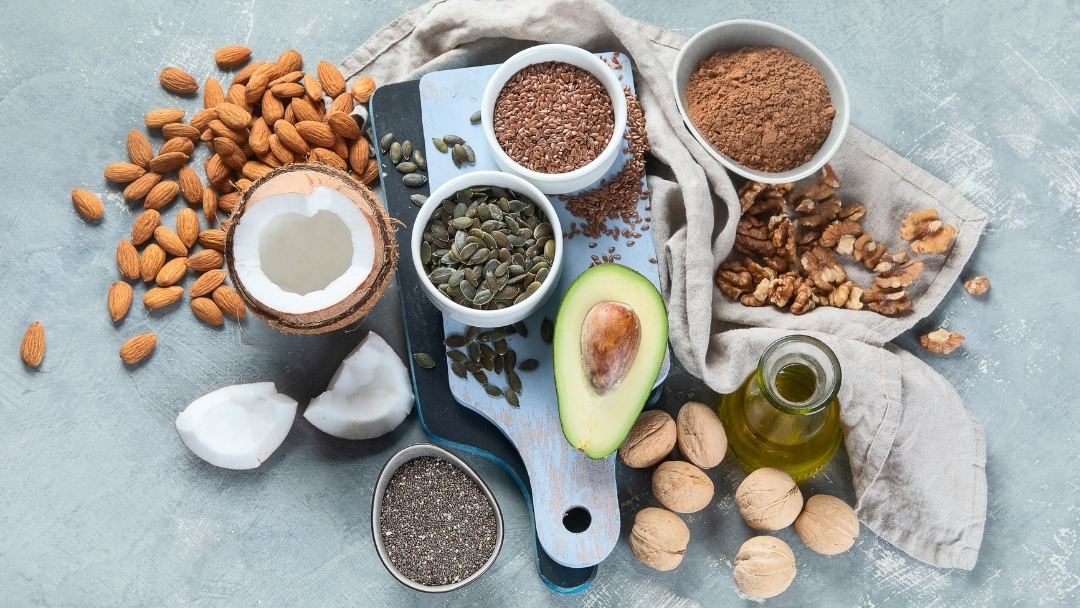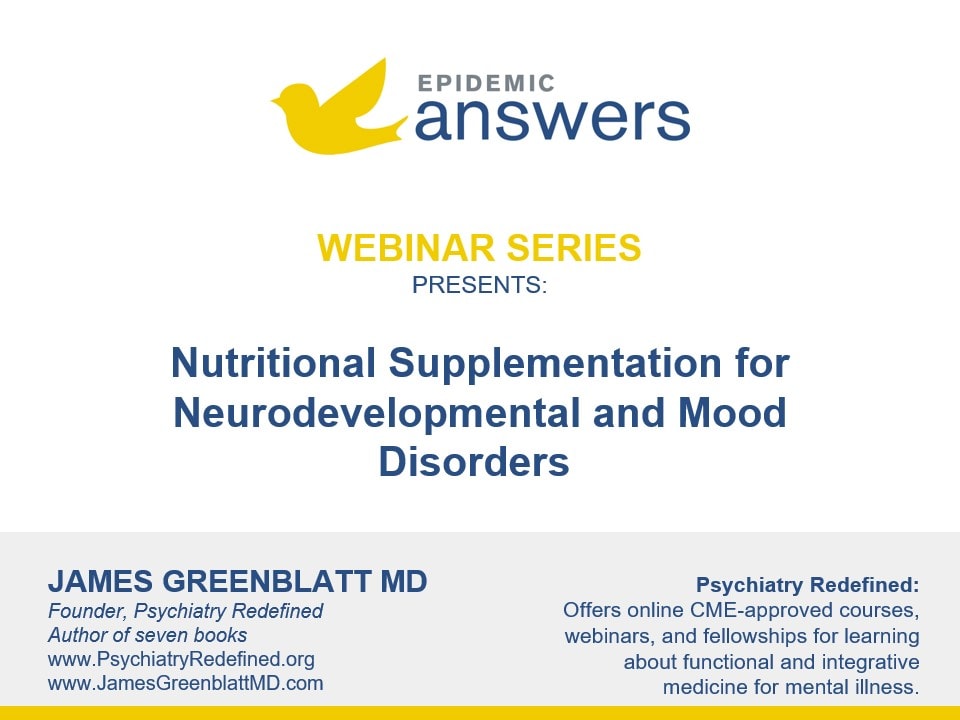Kelly Dorfman, MS, LND, co-founder, of Developmental Delay Resources, discusses how different types of fats affect brain development in this blog post.
The Danger of Trans Fats
A diet high in hydrogenated fats (trans fats) leads to neurological development problems. One of the most dramatic changes in the western diet over the last 70-plus years has been a shift in the type of fat we consume.
Few people understand the serious risk posed by shelf-stable or hydrogenated oils. These relatively new fats were introduced as part of the World War II effort. With a butter shortage, these chemically stabilized oils were used widely at home and by food manufacturers who loved their cheap cost and total resistance to spoilage.
What started as a food manufacturer’s dream has turned into a brain development nightmare for the last few generations brought up on fats that make a nice cookie but were never meant to be part of brain tissue. The brain is 60% fat.
Myelin, the fatty coating of the neurons or brain cells, is 75% fat. The composition of that brain fat directly reflects the fat composition of the diet. According to nature, that would be a combination of saturated and unsaturated fats from meats, fish, nuts and grains.
Unfortunately, hydrogenated oils are not chemically equivalent to the fats found in whole foods. The rigorous processing that oils undergo changes their chemical properties so that they contain configurations not generally found in nature. When these altered fats are consumed, the body forces them into the spots reserved for natural fats, with potentially deleterious effect.
Trans Fats and Neurological Problems
In early studies with rat pups, a diet high in hydrogenated fats leads to neurological development problems. For the last three generations we have increasing numbers of people whose brains “function differently” and consequently are distracted or have learning problems. Their brains may be trying to send impulses and conduct business using equipment created from fats that are incapable of working efficiently in that capacity.
Whenever a culture’s diet changes dramatically, its members all unwittingly become part of a huge, uncontrolled experiment looking at how patterns of health and disease will change. Greenland Eskimos who moved to Canada discovered that thousands of years of freedom from heart disease disappeared in one generation when they lowered and changed the fat content of their diet. Their traditional diet, consisting mainly of seal blubber, protected against heart disease, while a much lower-fat diet made up of other animal foods did not.
While not diseases, attention deficit disorder and learning disabilities are phenomena that are evolving at a rapid rate. Of the two major changes to our diet that coincided with increases in these phenomena, only fat content of the diet is easily managed. The other factor, the introduction of preservatives and pesticides, is more difficult to control. To opt out of this uncontrolled experiment, avoid what pesticides and chemicals you can and consume only real fats.
Partially hydrogenated fats are listed clearly on labels. Most commercial baked goods and frozen foods contain them. Margarine is another source. Ounce for ounce, margarine is a poor substitute for butter. Better to use small quantities of butter and more of other oils such as olive or sesame.
Even on a high fat diet, essential fats can be deficient. Symptoms of essential fatty acid deficiency include dry, flaky or bumpy skin, wax build-up in the ear, toe walking and excessive thirst.
Omega 3 and Omega 6 Fats
Several oils are sold as supplements because of their ability to decrease inflammation, help skin conditions or improve neurological or hormone function. They fall into two families, omega 3 and omega 6, based on the chemical placement of their unsaturated bonds. Fish, algae, flaxseed and linseed oils are the basis of the omega 3 family, while evening primrose, black currant, borage and sunflower oils are the notable members of the omega 6 family.
The omega 3 family tends to be less available in the diet than omega 6. Consumption of one of the members of the omega 3 family, a fat called DHA (not to be confused with DHEA), is highly associated with visual-spatial skill level. Cod liver oil capsules contain very little DHA, but DHA can be eaten in fish or purchased as part of a combination of fish oils called EHA/DHA.
Unfortunately, kids do not tend to like fish oils, so a less direct way to get omega 3 oils is organic flaxseed oil (obtainable at any good health food store in the refrigerator section). If using it as a supplement, add it to food at room temperature. Because it is highly unsaturated, it should not be cooked.
About Kelly Dorfman MS LND
Kelly Dorfman is one of the world’s foremost experts on using nutrition therapeutically to improve brain function, energy and mood. Kelly’s special talent for integrating information from many sources and finding practical solutions has made her a popular speaker and workshop leader. She lectures extensively and is a member of Platform (formerly the National Speakers Association) and has been featured on numerous television programs including CNN’s American Morning.
Kelly’s award winning book, Cure Your Child With Food: The Hidden Connection Between Nutrition and Childhood Ailments (formerly known as What’s Eating Your Child) was given rave reviews by Publishers Weekly and the Washington Post.

As a go-to expert on nutrition issues, Kelly is frequently interviewed and quoted in the media. She has been featured in articles in The Wall Street Journal, Parade, Bethesda magazine, Living Without magazine, and the Huffington Post.
Kelly holds a master’s degree in nutrition/biology and is a licensed nutrition dietitian. She is a co-founder of Developmental Delay Resources, which has merged with Epidemic Answers. You can find out more about Kelly and her practice at kellydorfman.com
Still Looking for Answers?
Visit the Epidemic Answers Practitioner Directory to find a practitioner near you.
Join us inside our online membership community for parents, Healing Together, where you’ll find even more healing resources, expert guidance, and a community to support you every step of your child’s healing journey.
Resources
Articles
Saturated Fat Does a Body Good
Books
Erasmus, Udo. Fats That Heal, Fats That Kill: The Complete Guide to Fats, Oils, Cholesterol and Human Health. Alive Books, 1993.




